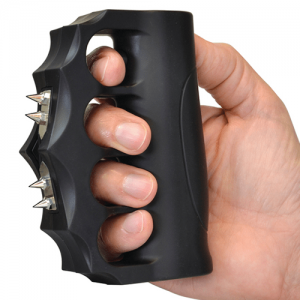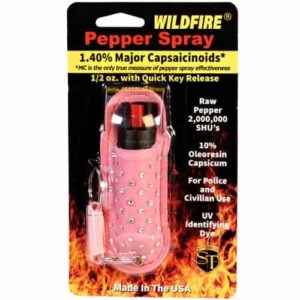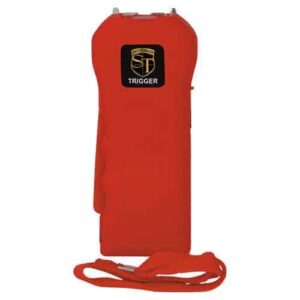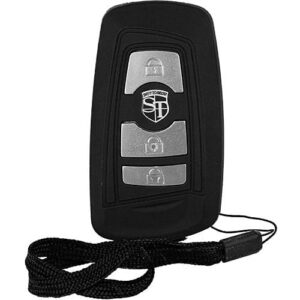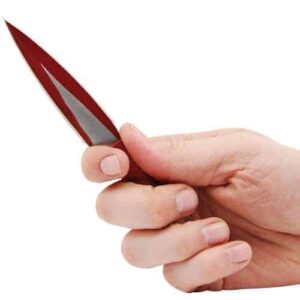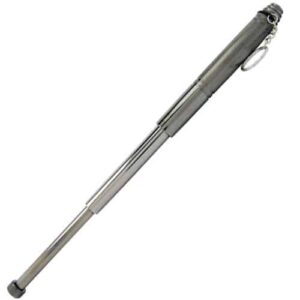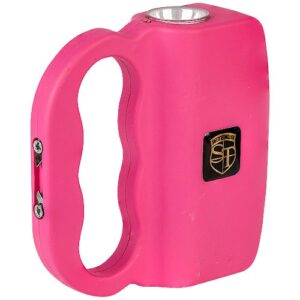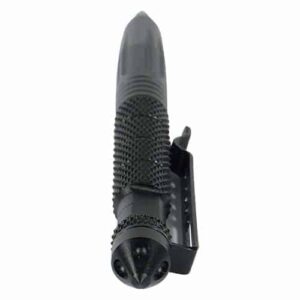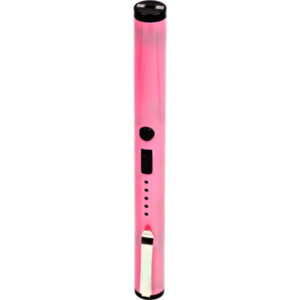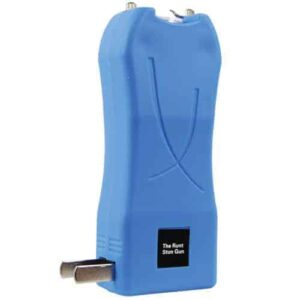You’ve always been the type to prioritize personal safety, and being prepared is your motto. In “Pepper Spray Recipe”, you find an engaging take on creating your own pepper spray. Get ready for a fascinating journey into the world of DIY self-defense as you learn step-by-step how to concoct this invaluable safety tool. This guide ensures you’ll be equipped with the knowledge to create a potent and protective tool tailored to your needs.
Table of Contents
TogglePepper Spray Recipe
1. Understanding Pepper Spray
Whether you’d like to walk confidently at night or simply feel a bit more protected in your everyday life, understanding pepper spray is important. In essence, this convenient self-defence tool serves as a non-lethal weapon that briefly incapacitates a potential attacker.
1.1 Definition and Purpose
Pepper spray, also known as Oleoresin Capsicum spray, utilizes the natural heat and irritation caused by peppers to deter potential threats. Whether you face human aggressors or wild animals, a sprayed mist of this solution can give you precious moments to escape a perilous situation.
1.2 Effects on the Attacker
Upon contact, pepper spray can cause inflammation of the eyes, forcing them to shut, along with a strong burning sensation on the skin. It can also cause temporary blindness, coughing, and difficulty breathing, providing you with time to escape while the attacker is disabled.
1.3 Legality and Restrictions
While pepper spray can be legal in many jurisdictions for use in self-defence, please research local laws and regulations. Age restrictions, purchase instructions, carrying requirements, and usage conditions often apply.

2. Ingredients for Homemade Pepper Spray
When making your homemade pepper spray, only a few crucial ingredients are required.
2.1 Active Ingredient: Capsaicin
This compound, found naturally in chilli peppers, is the key component of pepper spray. Utilizing hotter peppers like habaneros or ghost peppers provides enhanced potency.
2.2 Solvent: Isopropyl Alcohol or Ethanol
Alcohol serves as the solvent in your solution, enabling the capsicum to be effectively dispersed in the mixture. Isopropyl alcohol or ethanol may be used for this purpose.
2.3 Additional Components: Water and Essential Oils
To balance your mixture, water is a necessary ingredient. Essential oils can be added as optional additives to improve the spray’s consistency, dispersal, or longevity.
3. Safety Precautions
Even when making homemade pepper spray, safety must be your highest concern.
3.1 Protecting Yourself During Preparation
As you handle hot peppers, their volatile oils can cause skin and eye irritation. Thus, it is crucial to prevent these oils from coming into contact with your face or sensitive areas.
3.2 Safety Gear and Personal Protective Equipment
When making your spray, wear protective wear, such as gloves and goggles. It’s also a good idea to wear clothing that fully covers your skin to protect from possible spray or splashback.
3.3 Ventilation and Open Spaces
Work in a well-ventilated area or better still, outside. This is because the pungency of the mixture can lead to coughing and general discomfort if inhaled in a closed environment.

4. Preparation Equipment
To properly prepare your own pepper spray, the correct tools and containers are necessary.
4.1 Measuring and Mixing Tools
Ensure you have adequate measuring tools for your ingredients to maintain balance in your solution. Mixing tools and containers that can withstand the heat of your ingredients are also vital.
4.2 Storage Container
You’ll need a sealable container to store your finished product. A clean spray bottle works best for application.
4.3 Protective Packaging
Remember to place your pepper spray inside a protective packaging when not in use to avoid accidental leaks or sprays.
5. Step-by-Step Guide to Making Pepper Spray
Once you’ve established your safety and gathered your ingredients and equipment, the actual production process is relatively straightforward.
5.1 Gathering the Ingredients
Firstly, confirm you have all the necessary ingredients ready. It’s easier to have everything within reach before you begin.
5.2 Preparing the Active Ingredient Solution
Put on your safety gear and chop your chosen peppers finely, mixing them with your chosen alcohol. Allow this mixture to sit so that the alcohol can extract the desired compounds from the peppers.
5.3 Mixing the Solution
After letting your mixture sit for a while (some recommend overnight), add water to dilute the solution, and essential oils if desired.
5.4 Transferring to Storage Container
Using a fine sieve or cloth, strain your mixture into your chosen spray bottle, making sure to protect your eyes, mouth, and skin from contact.

6. Testing the Pepper Spray
Your homemade spray should ideally be tested in a safe, controlled environment.
6.1 Indoor Testing Procedure
If testing indoors, ensure excellent ventilation and wear your protective equipment. Spray towards a sink or other easily cleanable area.
6.2 Outdoor Testing Precautions
When testing outdoors, choose a calm, windless day to ensure the spray will not be carried back towards you. Spray the solution towards a target located at a safe distance.
6.3 Safety Measures During Testing
During your test, keep water or a neutralizing agent handy in case of accidental contact.
7. Storing and Handling Pepper Spray
Correct storage of your homemade spray ensures its effectiveness when required.
7.1 Proper Storage Conditions
Store your pepper spray in a cool, dark area sealed tightly to prevent leakage.
7.2 Shelf Life and Expiration
Depending on your ingredients, homemade pepper sprays will have varying shelf lives. It’s considered safe to remanufacture your spray every few months to ensure its potency.
7.3 Handling and Carrying Safety
As you carry the spray for daily use, be mindful that it should be quickly accessible but not risk accidental usage.

8. Application and Usage
Knowing how to use your spray correctly is as crucial as the preparation.
8.1 Understanding Effective Range
Understand the range of your spray. Sprays usually have a reach of 1-3 metres, but factors like wind direction can affect this.
8.2 Directing the Spray
Aim for the eyes of the attacker when applying your spray, as this will give the most immediate and potent effect.
8.3 Dealing with Wind Conditions
If you’re outside, be aware of wind conditions. Aim slightly into the wind, and be prepared to move after applying the spray to avoid its effects.
9. Legal Considerations
While making your own pepper spray can transform your self-defence capabilities, it’s imperative that you understand the legality of doing so in your region. in some locations, pepper spray may be considered a weapon and regulated as such. Consult local laws before creating and carrying your homemade spray.

10. Alternative Non-Lethal Self-Defense Options
If you’re uncomfortable with pepper spray, other non-lethal forms of self-defence are available.
10.1 Personal Alarms
A personal alarm emits a loud, attention-getting sound that may deter a threat and draw bystanders’ attention.
10.2 Tasers and Stun Guns
These electrical devices can incapacitate an attacker, providing you time to escape. However, legal restrictions often apply.
10.3 Bear Deterrent Sprays
Bear deterrent sprays, similar to pepper spray but more potent, can be used in certain environments. However, be aware of regulations regarding their use.
In conclusion, while making a homemade pepper spray can be a powerful way of empowering yourself for self-defence, always remember that safety and legality should always come first.



